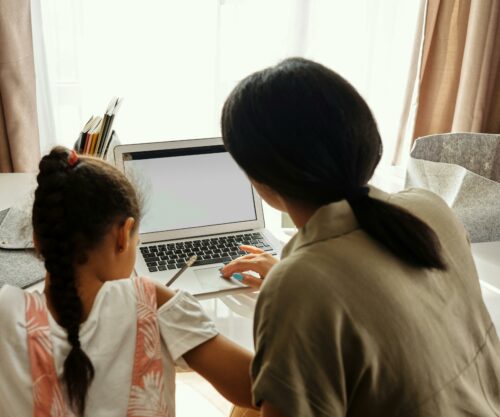
In our increasingly globalized world, multilingualism isn’t just a skill, it’s a superpower. As we step into 2025, more parents are choosing to raise their children in multiple languages. But how do you do it effectively? And what benefits can your child reap from this approach? Let’s dive into the strategies, cognitive advantages, and cultural richness of multilingual parenting.
Why Multilingual Parenting Matters
Raising a multilingual child offers profound cognitive and cultural benefits:
-
Enhanced Cognitive Flexibility: Multilingual children often demonstrate improved problem-solving skills, creativity, and adaptability. Navigating between languages sharpens executive functions like memory, attention, and task-switching.
-
Cultural Enrichment: Exposure to multiple languages connects children to diverse cultures, fostering empathy and a deeper understanding of the world.
-
Academic Advantages: Early bilingualism is linked to better academic performance and a greater ability to focus on relevant information.
Effective Strategies for Multilingual Parenting
Implementing a multilingual approach at home can be both rewarding and manageable:
-
Start Early, But It’s Never Too Late: Introducing a second language early takes advantage of the brain’s plasticity, but older children can also successfully acquire new languages with consistent exposure.
-
Create a Language-Rich Environment: Surround your child with books, music, and media in each language. Storytelling, songs, and games are excellent tools for language development.
-
Be Consistent: Establish clear language use patterns, such as the “one person, one language” method, where each parent consistently speaks a specific language to the child.
-
Encourage Social Interaction: Arrange playdates with peers who speak the target language, and involve your child in community events that celebrate linguistic diversity.
-
Embrace Cultural Practices: Celebrate holidays, traditions, and customs associated with each language to deepen cultural understanding and appreciation.
Real-Life Tips for Daily Integration
Incorporate multilingualism into everyday activities:
-
Reading Together: Choose bilingual books or read the same story in different languages to reinforce vocabulary.
-
Cooking Recipes: Prepare traditional dishes while using the target language for instructions and ingredients.
-
Music and Dance: Listen to songs and learn dances from cultures associated with the languages you’re teaching.
-
Digital Tools: Utilize apps and online resources that offer language learning games and activities.
Embracing Multilingualism in a Globalized World
In 2025, multilingualism is more than a trend—it’s an essential skill for navigating our interconnected world. By raising multilingual children, you’re not only enhancing their cognitive abilities but also preparing them to thrive in diverse environments.
Remember, the journey of multilingual parenting is unique to each family. Embrace the process, celebrate the milestones, and enjoy the rich tapestry of languages and cultures you’re weaving into your child’s life.
Featured Image: X {@NeuroscienceNew}




